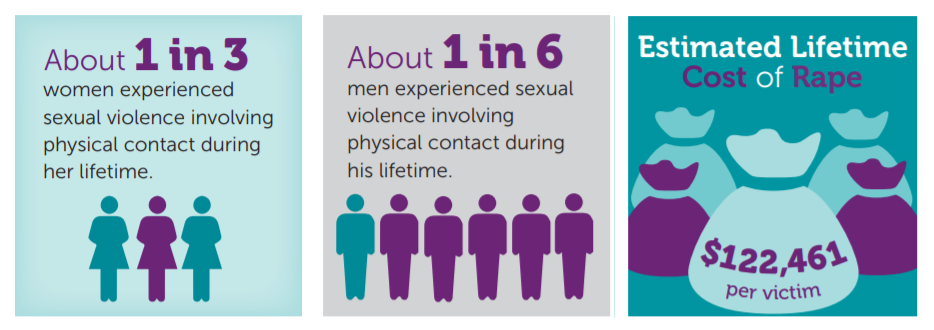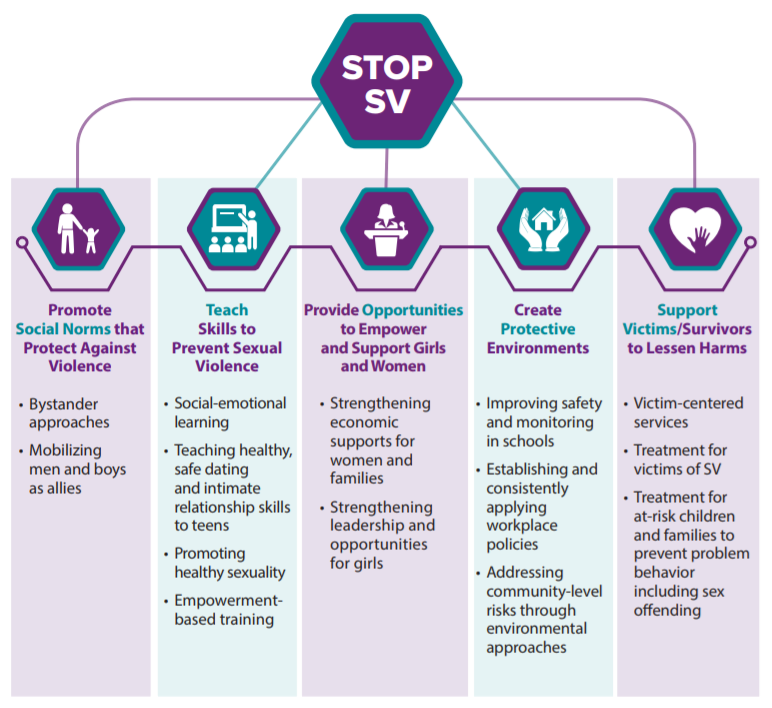A Sexual Violence Public Health Primer
- YArespond
- Sep 26, 2018
- 4 min read
Updated: Sep 26, 2018
by Sarah
Taking a step back from the Church’s own sexual violence issue, it is vital for all to understand sexual violence (SV) in a much broader, public health context. This issue needs to be broken down into two categories: what we know and what we do not know. As a public health professional, I would be remiss to say SV research has no gaps in knowledge. However, what we know in the broader context will help the Church in her efforts to implement sustainable reforms.
WHAT WE KNOW
Experts in this area have established definitions for sexual violence, assault, and abuse. The Center for Disease Control and Prevention (CDC) states that SV is, “a sexual act that is committed or attempted by another person without freely given consent of the victim or against someone who is unable to consent or refuse (CDC Report).” This is an all-encompassing term that includes more specific terms that are more commonly used and sometimes misused, sexual assault and sexual abuse. The key difference to be aware of is that abuse is almost always associated with a minor or vulnerable individual whereas assault is usually used as a synonym for SV. For this article, we will use SV and child sexual abuse (CSA) acronyms going forward.
We know some information about the victims. About one in three women and one in six men in the United States will experience SV at some point in their lifetime (CDC NISVS Survey). SV spans both genders, all races, and various socio-economic statuses. This indicates a universal problem. However, women are much more likely to report sexual assault (“What We Know”). Studies have shown that even though women face sexual assault at higher rates, sexual assault on men is not rare and is widely underreported (Male Victims of Sexual Assault). Lastly, SV is costly. Costly in terms of numerous emotional, mental, physical, spiritual, and financial burdens. The CDC estimates that the average cost of rape is about $122,461 per victim. This estimate takes medical and legal costs as well as lost productivity (CDC SV Fact Sheet).

We know a few demographics regarding perpetrators. For example, SV is most often committed by someone the victim knows and is committed by both men and women (Preventing Sexual Violence). Sexual assault is about power, control, and anger, not sexual attraction (Rape: power, anger, and sexuality).
We know that “child sexual abuse is preventable, not inevitable” according to Dr. Elizabeth Letourneau of the John Hopkins Bloomberg School of Public Health (TedMed Talk). The CDC has published many findings and prevention techniques. One of them is called STOP SV and can be seen in the image below (Preventing Sexual Violence). This five-step program requires a vast group of stakeholders to engage with victims of SV, children, families, and educators to promote a culture of safety and life.

WHAT WE DO NOT KNOW
We do not know much about why people commit child sexual abuse. CSA is a poorly understood and complex issue, and more research is needed about how offending pedophiles operate (“Comprehensive Public Health Approach to CSA”). Even though we are aware of many risk factors of CSA, we don’t have much data on protective factors which are conditions in individuals or communities that help mitigate risk within communities. So even though we are able to identify certain factors that contribute to the risk of child sexual abuse, we don’t have strong data explaining why perpetrators abuse and what protect individuals and communities from being abused.
We do not know how large the problem of SV truly is. The fact of the matter is that SV is still widely underreported. Estimates are usually quite conservative, and the issue of assault and abuse is likely to be bigger than we think at this moment.
Sexual violence is a massive, complex, and multidisciplinary problem. We all have a role to play and by reading through some of the additional resources cited in this article you can make a difference in your school, parish, company, or neighborhood.
Start with prayer to center yourself and ask for God’s protection.
Educate yourself on the current sexual violence climate in your community.
Proceed with stakeholder dialogue to gain understanding of the issue and how current policies and protocols exceed expectations or fall short.
Act in a way that you are equipped to do so.
We all have different talents, and we must use them to create a network of responses from all angles (i.e. writers, lawyers, health researchers, teachers, legislators, etc). This provides a comprehensive approach to dealing with sexual violence.
YArespond is a group of Catholic young adults based in the Twin Cities seeking informed and holistic ways to respond to the abuse crises in our Church. We focus on a fourfold response consisting of prayer, education, dialogue, and action. Currently, we are working on developing resources for parishes and ministries to host events and dialogues. Learn more:






Comments